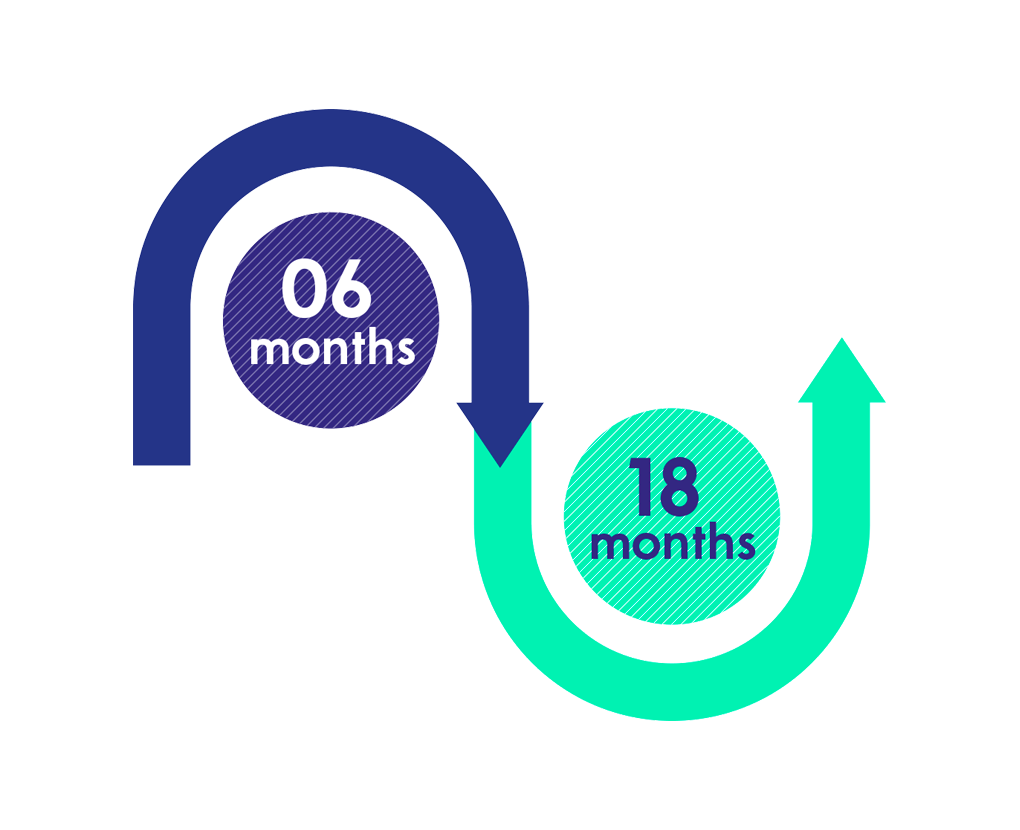
In the first six months, a child with Rett Syndrome will usually develop and grow normally although later, subtle signs of Rett Syndrome may be recognized in hindsight. Early signs usually appear within the first 6-18 months, including:

Between the ages of one and four, a child with Rett Syndrome will lose some of their abilities. The child will gradually or suddenly start to develop severe problems with communication and language, memory, hand use, mobility, coordination and other brain functions. Symptoms include:

Later on, a child may experience periods of rapid breathing (hyperventilation) or slow breathing, including breath-holding. They may also swallow air which can lead to abdominal bloating.
Although rare, boys can also have Rett Syndrome. There are several specific genetic scenarios that can happen which you can read more about on the Rett Syndrome Research Trust website. The good news is that almost all the research we support is applicable to boys as well as girls.

Practical information and resources to help keep children and adults with Rett Syndrome healthy until treatments and a cure become available.